AMD has teased its next generation of graphics cards using the Navi GPU as the RX 5000-series, offering performance and power improvements over its Graphics Core Next offerings, with the first RX 5700 card in the range set to arrive this July.
Announced at Computex on Monday during AMD's keynote, the RX 5000 series is using a new architecture called Radeon DNA (RDNA), which will be used alongside the more established Graphics Core Next architecture. As part of the architecture change, the new GPU called Navi will be used, which is said to offer considerable improvements over its predecessors.
The compute units within Navi have been refined from the versions used for Vega, to make each as efficient as possible. In theory, a Navi compute unit will be 25% faster than a Vega equivalent per clock, with a 50% improvement per watt of power used, in part due to AMD's switch to using TSMC's 7-nanometer production process.
At the same time, AMD has performed more refinement of its graphics pipeline to specifically cope with high clock speeds, along with introducing a multi-level cache to minimize bottlenecks.
To accompany the new architecture, AMD is also adding support for GDDR6 memory to the platform, further improving the memory bandwidth from that offered by GDDR5-based cards. Lastly, the GPU supports PCIe 4.0, offering the promise of increased bandwidth on systems that support that connectivity.
AMD's first card using the Navi GPU will be the RX 5700, which it will be launching in July. Details about the card were not advised, but more information will apparently be offered during E3 on June 10.
While AMD is one of two main companies in the graphics card industry worth watching, it is largely the only one of interest for Mac users. Modern Nvidia GPUs are not able to be used on macOS without some considerable effort, as Apple has made the decision to not approve Nvidia's drivers, effectively making AMD's cards the default option.
 Malcolm Owen
Malcolm Owen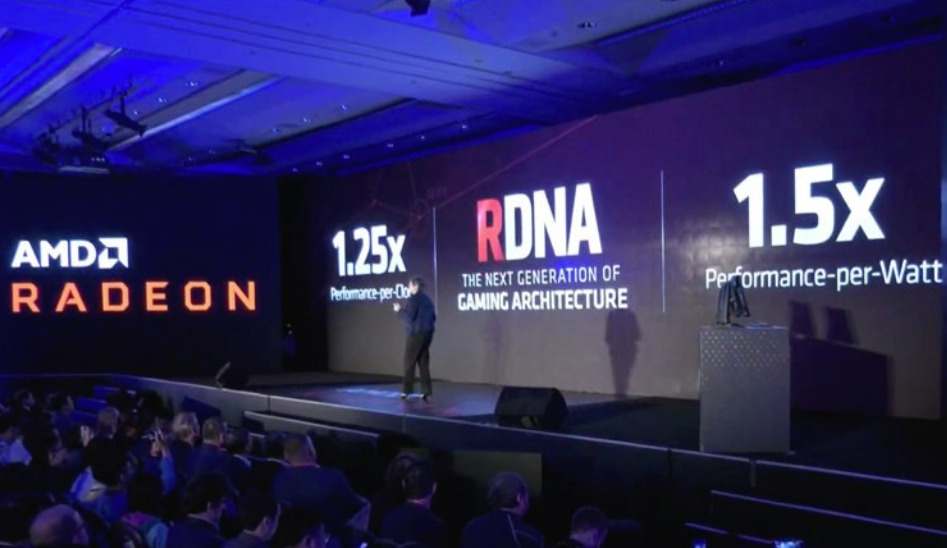

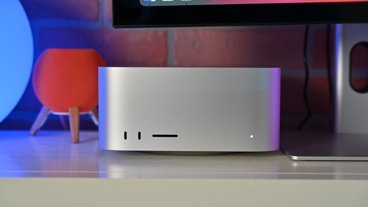






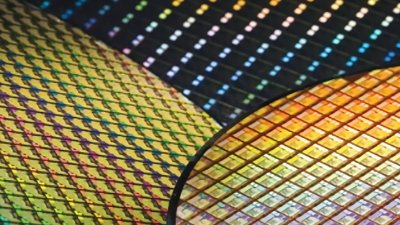

 William Gallagher
William Gallagher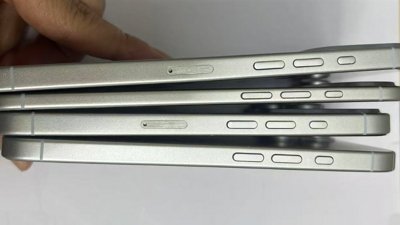

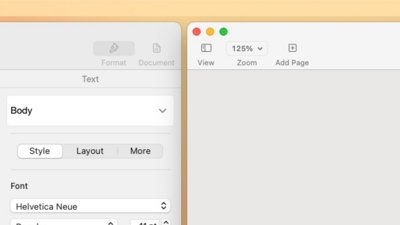

 Wesley Hilliard
Wesley Hilliard





-m.jpg)




30 Comments
Hopefully we get some advance notice about Navi at WWDC, while Tim is previewing the modular Mac Pro...!
The chance of Apple using them in anything in the near future? Nil. They use the Pro Vega 48 (as an option) in the top end iMac, whilst offering the 56 and 64 in the iMac Pro, essentially the same chips but progressively more locked down. Probably an artificial limitation to differentiate the iMac Pro. I bought a 2019 27" iMac recently, and I would have much rathered a Nvidia GPU than the gimped Vega 48 I have now.
It'll also be interesting to see if these new AMD chips are anywhere near as fast as Nvidia's current chips, which are much faster and run much cooler than AMD's and have done for a number of years. Apple's ridiculous ongoing spats with the only two viable GPU manufacturers is so inane and childish, ever since about 2003 when AMD accidentally leaked details of a new PowerBook, Apple's been back and forth refusing to deal with one or the other. I also have no idea why Apple is refusing to sign Nvidia's drivers, but it's a pretty low blow, especially since Nvidia support cards going back 7 or 8 years and often release Mac versions of their PCIe cards, when AMD doesn't.
Yet again Apple's political position with another company is harming its customers.
It would be interesting to really know what’s keeping the NVIDIA drivers from being approved. I’ve read all the linked articles and the articles linked from those articles and it’s a lot of inference based on information from sources in engineering that say they don’t know who or why the decision to exclude the drivers has been made in upper levels of Apple management plus some historical information about the problems Apple has had with their use of NVIDIA chips. There’s also a vague statement from NVIDIA saying that Apple is not approving their drivers but that doesn’t say anything.